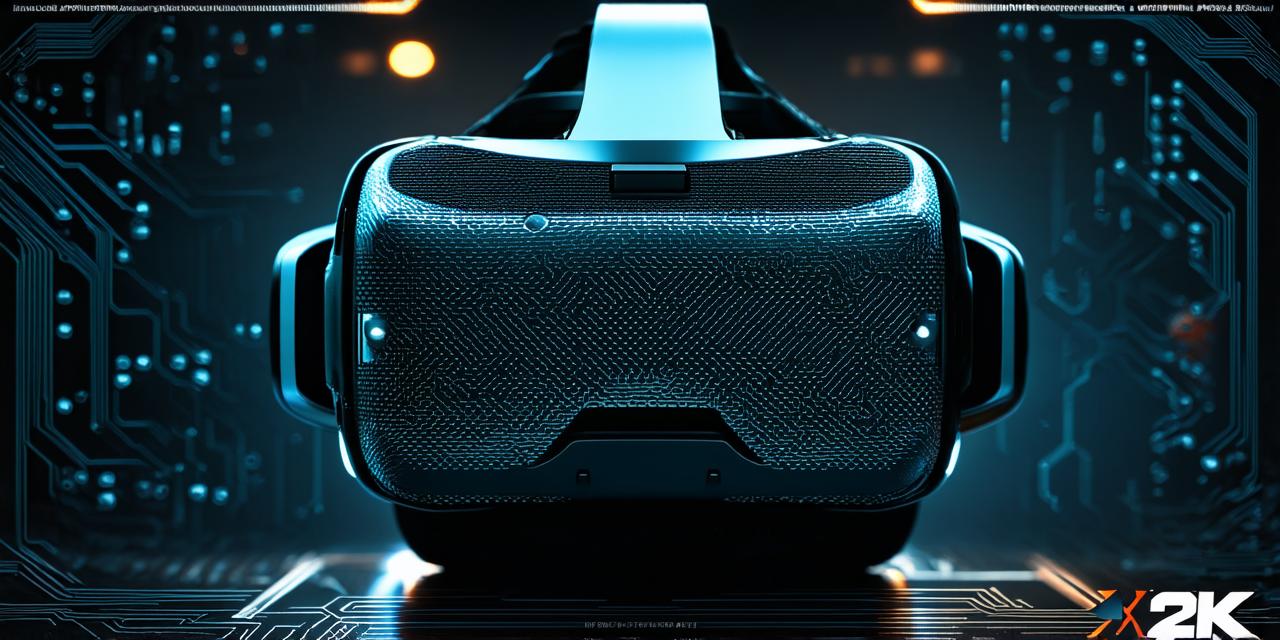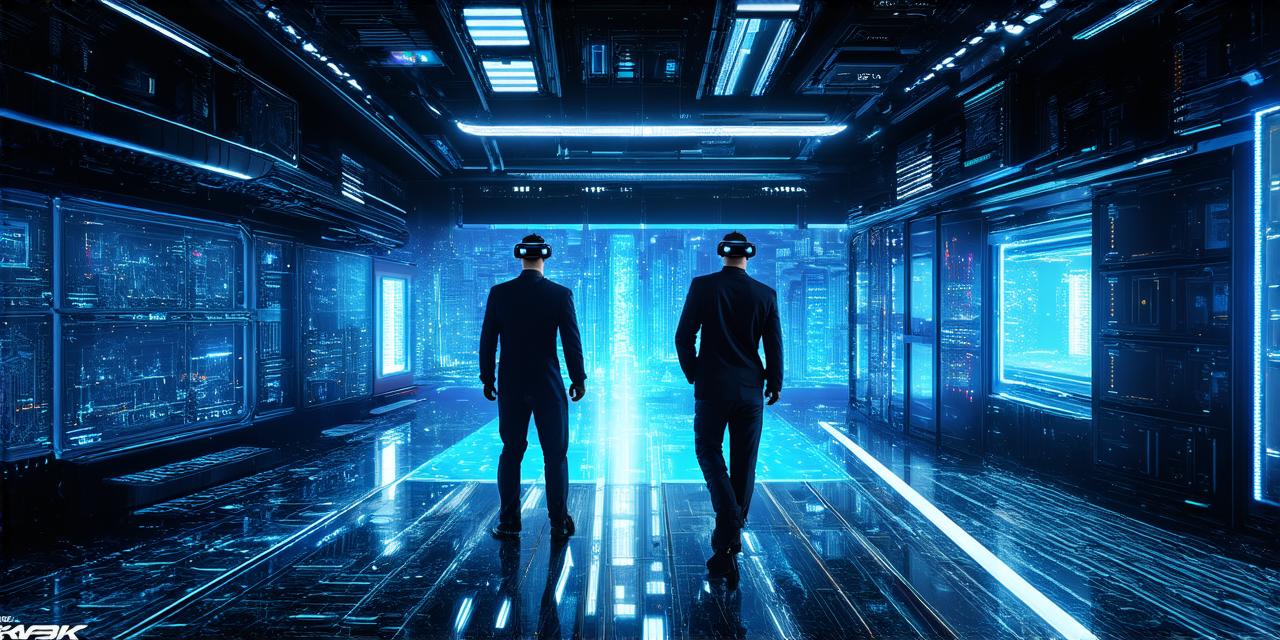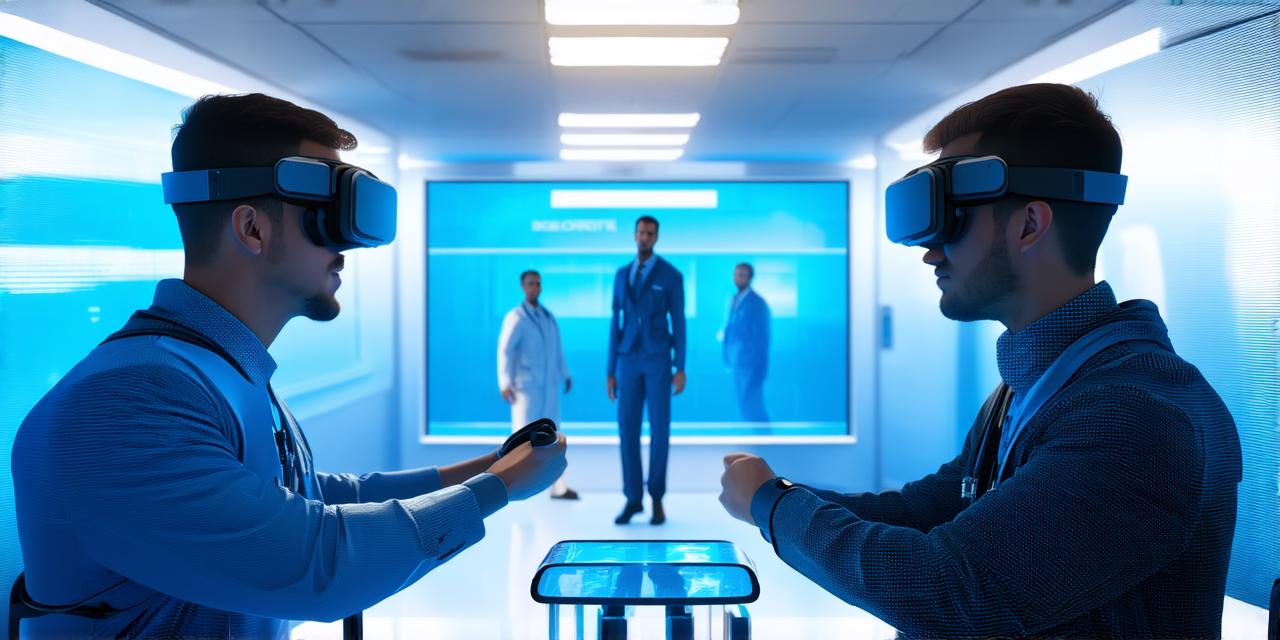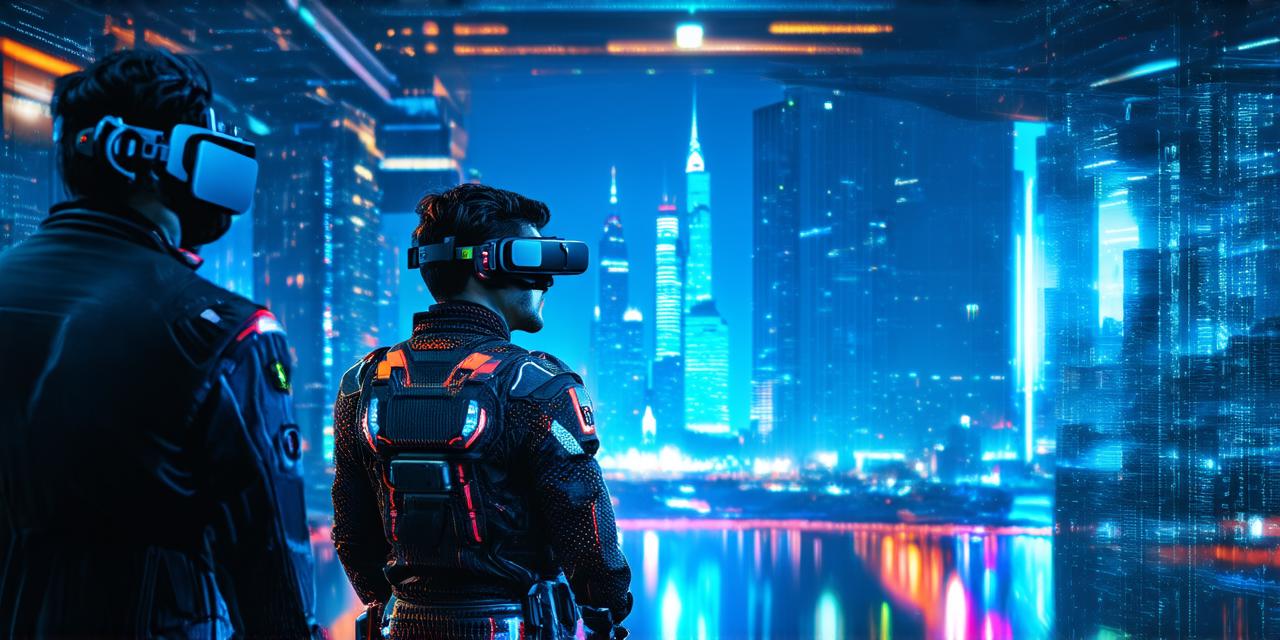Limitations of Virtual Reality: A Comprehensive Overview
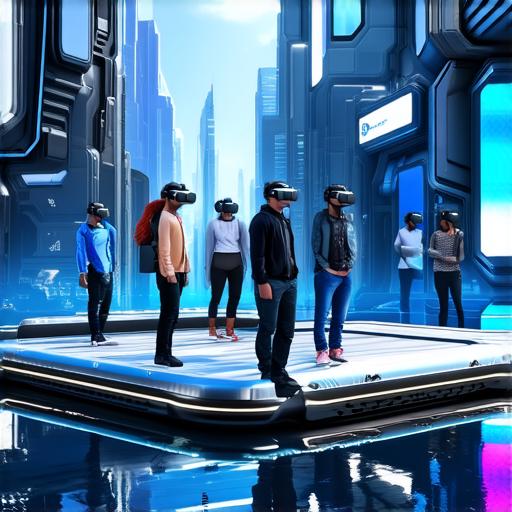
Virtual reality (VR) is an exciting technology that allows users to experience immersive environments and interact with digital objects in a way that was previously not possible. With the advancements in VR technology, it has become increasingly popular for various applications such as gaming, education, and training. However, despite its numerous benefits, there are limits to what VR can achieve, which this article will examine.
Limitations of VR in Education
Despite its potential benefits, VR has limitations when it comes to education. One of the main challenges is that VR can be expensive and not accessible to everyone. Additionally, VR technology requires high-performance hardware, which may not be available in schools or universities.
Another limitation of VR in education is that it may not provide the same level of social interaction as traditional forms of learning. While VR allows for virtual collaboration, it does not replicate the real-life interactions and communication that take place in classrooms or other educational settings.
Limitations of VR in Training
Virtual reality has been used for training purposes in a variety of industries such as aviation, healthcare, and manufacturing. However, there are limitations to the effectiveness of VR training.
One limitation is that VR may not accurately replicate real-world scenarios, which can limit its usefulness in certain contexts.
Another limitation of VR training is that it may not provide the same level of physical interaction as traditional forms of training. While VR allows for virtual practice, it does not provide the same level of physical feedback and tactile experience as real-life situations.
Limitations of VR in Gaming
Virtual reality has been used extensively in gaming, but there are limitations to its effectiveness in this context.
One limitation is that VR may not accurately replicate the natural human field of vision, which can lead to motion sickness or disorientation for some users.
Another limitation of VR gaming is that it may not provide the same level of physical interaction as traditional forms of gaming. While VR allows for virtual practice, it does not provide the same level of tactile feedback and physical experience as real-life situations.
Case Studies: Real-Life Examples of VR Limitations
One example of the limitations of VR is the use of VR in healthcare training. While VR can be used to simulate surgical procedures, it does not provide the same level of physical feedback and tactile experience as real-life situations.
Another example is the use of VR in aviation training. While VR can be used to simulate flight scenarios, it may not accurately replicate real-world scenarios such as turbulence or unexpected weather conditions. This can limit its usefulness in certain contexts.
Expert Opinions: What the Industry is Saying
According to Dr. Ivan Sutherland, a pioneer in VR technology and the creator of the first VR headset, “Virtual reality has been around for a long time, but it’s still not the real thing. It can be useful for certain applications, but there are limits to what it can achieve.”
Similarly, Dr. Nick Yee, an expert in virtual reality and digital media at the University of Washington, states that “Virtual reality is an exciting technology, but it has limitations that need to be considered when using it for various purposes. It’s important to understand its capabilities and limitations before investing in VR technology.”
FAQs: Frequently Asked Questions About VR Limitations
1. What are the main limitations of virtual reality?
The main limitations of virtual reality include limited real-life interaction, limited field of view, high cost, and isolation from other people.
2. How does VR technology replicate real-world scenarios?
VR technology uses computer-generated simulations to create immersive environments and digital objects that users can interact with. However, it may not accurately replicate real-world scenarios in certain contexts.
3. Can VR be used for training purposes in all industries?
While VR has been used for training purposes in various industries, its effectiveness may depend on the specific application and the accuracy of the simulation.
4. What are some examples of VR limitations in gaming?
Examples of VR limitations in gaming include limited physical interaction and the potential for motion sickness or disorientation due to the limited field of view.

